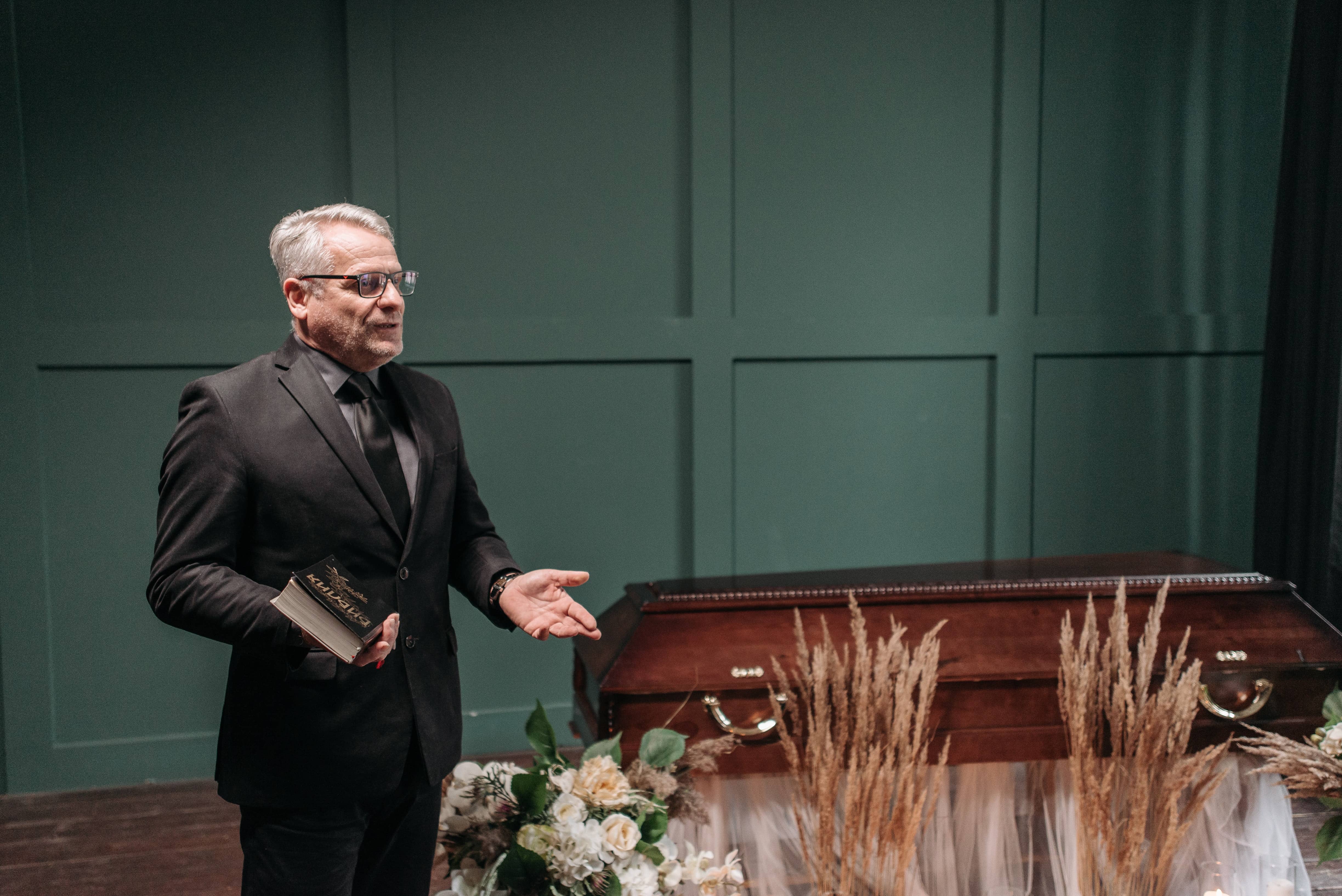
Death is considered to be a taxable event in Canada. All obligations of the deceased to pay tax or file returns at the time of death become the responsibility of the personal representatives such as executor/trustee, surviving spouse or children or next of kin.
The representatives of the deceased individual are required to file at least one return after death. The filing of income tax returns is based on the income classification of the deceased individual. All property of the deceased is deemed to be disposed at the time of the death. This poses huge tax liability in some cases. However, many exceptions exist and a number of deferrals are available to plan the taxes in an efficient manner.
If an amount of income is attributed to a deceased individual in the year of death but before the death of the individual, it will be reported in the final tax return of the individual which is also called the “Terminal Return”. If an amount of income was owed to the deceased taxpayer before his/her death but was received after the date of the death, it can be reported in the final return or an optional "rights or things" return. Preparing a "Rights or Things" return can save a lot of taxes. If an amount of income is earned/received after the death of the deceased, it belongs to the estate of the deceased and must be reported on the T3 Trust Return.
The deadlines for filing a Terminal Return are similar to filing a normal return being April 30th and June 15th for the self-employed individuals. The only exception will be when the self-employed individual dies on or after December 16th and before December 31st of the tax year. In this case the 6-month Rule will apply.
Let’s discuss various components of a Terminal Return and how it differs from returns for the living:
Employment Income: This final return should show the deceased’s income from salary or wages received from January 1 to date of death, including amounts that accrued from the start of the pay period in which the employee died, and any vacation pay. If the deceased was owed a commission income, vacation pay or any other amount that was not paid to him before the date of death, the representative of the deceased will have an option to report that income on Rights or Things Return.
Death Benefits from Employment: Death benefits are the benefits paid by the employer to the estate/beneficiaries after the death of the employee in recognition of the deceased employee's employment. If the deceased person receives a benefit from the employer classified as death benefit, the first $10,000 of such amount is tax-free.
Old Age Security Pension: OAS/CPP benefits are paid at the end of the month. The estate is entitled to keep these payments. These payments are considered “rights or things”. Since the benefits are paid at the end of the month, the payment for the month of death is received after the taxpayer’s death. Although the last payment is received by the estate, it is not estate income as this was owed to deceased before his death. Therefore, it should not be confused and reported with trust income. Old age security benefits received before death should be reported on deceased’s final return.
CPP Death Benefit: The surviving spouse or beneficiary can apply for Canada Pension Death or Quebec Death Benefit on behalf of the deceased person. This is a one-time, lump-sum benefit payable to the estate/eligible individuals on behalf of the deceased CPP contributor. Death benefits can be reported on either beneficiary's return or on T3 tax return. These benefits are taxable and are not eligible for $10,000 exemption. The death benefit is reported on Box 18 of T4A (P) slip. The maximum CPP death benefit is $2,500.
Dividend Income: When a company announces that it will pay a dividend, it also announces that the dividend will be paid to shareholders on record on certain date. This is known as the “date of record”. Individuals or companies who hold shares on record date will receive dividends. Dividends declared but not paid at the time of death are rights or things if the record date was prior to death. If the record date was after the date of death, the dividend should be included in the income of beneficiary or estate.
Registered Retirement Saving Plans: When it comes to RRSPs and taxation reporting after death, there are two kinds of RRSPs: matured and unmatured. Matured RRSP is one that has begun paying out retirement income. Unmatured RRSP is a plan where the deceased owner has not yet reached the age of 65 and therefore has not yet started paying out a retirement income.If the deceased had matured RRSP and a surviving spouse, there are provisions in the rules which administer RRSPs that the surviving spouse becomes the annuitant for the RRSP and starts receiving the monthly payments. The payments after the month of death are reported on spouse’s tax return. The payments made to the surviving spouse will be reported in Box 16 (annuity payments) of T4RSP issued by the financial institution.If there is no surviving spouse or dependent child, the deceased is deemed to have received the benefit equal to the fair market value of the plan at the time of death. This amount will be reported in Box 34 of a T4RSP. This income will be included on the deceased’s final return.The RRSP contributions made in the year of death must be claimed on the final return only. The financial institution will be issuing the RRSP receipts in the name of the estate. However, the personal representative of the deceased may choose to make contributions to the RRSP after his death and make a final contribution to spousal RRSP up until 60 days after the year of death provided the deceased has a RRSP contribution room.
Registered Income Fund (RRIF): When a taxpayer dies, the deceased is deemed to have received a benefit equal to the fair market value of the RRIF at the time of death. This income is reported on Line 13000 of the final tax return. The same rules apply to RRIF as those apply to RRSP. If the surviving spouse becomes the beneficiary of entire RRIF and the funds are directly transferred to spouse’s RRSP or RRIF, the amount will be reported in Box 16 and 24 of a T4RIF. This income is declared on Line 13000 of surviving spouse’s return and a corresponding deduction can be claimed at Line 20800 or Line 23200 (in the case of RRIF or annuity transfer). Where the surviving spouse does not become the successor annuitant however, the spouse is beneficiary of estate; any pay out from the RRIF to the spouse is called a “designated benefit”. This is eligible for transfer to the spouse’s own RRIF or RRSP (if the spouse is within the age limit for owning an RRSP) or may be used to purchase an eligible annuity.
Deferred Profit-Sharing Plan (DPSP)/Registered Pension Plans (RPP): If the taxpayer was a member of RPP or DPSPs at the time of death, and there is no surviving spouse, the amount payable to the estate will be reported in Box 18 of a T4A slip made out in the name of estate. This amount must be reported on recipient’s tax return. The surviving spouse can have funds transferred to his/her own RRSP, RPP or RRIF plan. This transfer is done directly and is not reported on the tax return.
Home Buyers’ Plan (HBP): If a home buyer’s plan participant dies and there is no supporting spouse, the remaining balance must be included on Line 12900 of the final tax return which will for a part of deceased's income in the year of death. If there is a supporting spouse, the supporting spouse may instead elect to assume the deceased’s repayment.
Lifelong Learning Plan (LLP): The deceased may have participated in the Lifelong Learning plan. If so, deceased person would have made a withdrawal from his/her RRSP and may have been making repayments to RRSP. The remaining balance may have to be included on Line 12900 of the final return. However, if the deceased had a spouse or common-law partner who is a resident of Canada, that spouse or common-law partner can elect jointly with the deceased person’s legal representative to make the repayments and to not include the LLP balance in the deceased person’s income.
Non-Refundable Tax Credits – CPP Contributions: The maximum CPP contribution in the year of death is prorated based on the month of death. As an example, if an individual passed away in September 2021, the maximum CPP contribution will be prorated for 9 months.
Non-Refundable Tax Credits – Donation Credit: Charitable donations can be claimed on the deceased person’s tax return. Any unused donations from previous five years can also be claimed on the deceased person’s tax return. The donation limit is increased to 100% (from 75%) of the deceased net income in the year of death and the preceding year. Any unused amount of donations in the year of death can be applied by amending deceased’s last year’s tax return. If the deceased makes a lump sum donation in his or her will, it is deemed to have been made by the taxpayer in the year of death.
Non-Refundable Tax Credits – Medical Expenses: In the year of death, a tax credit may be claimed for medical expenses paid during a 24-month period that includes the date of death which they have not been previously claimed.
For further information please contact Softron at 1-877-SOFTRON or visit www.softrontax.com
Posted on 04 July 2023


